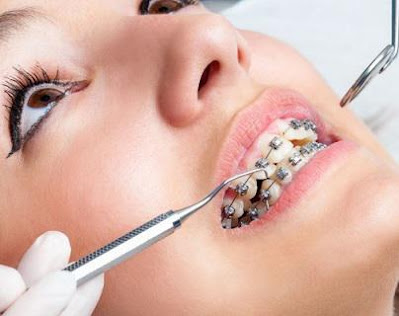Dental braces are used all over the world, including in regions such as Germany, Mexico and Japan. Dental braces are appliances utilized in orthodontics that straighten and align teeth to improve dental hygiene and also to correct gaps in between teeth while aiming at dental health in general. Braces also correct minor gaps. The teeth are fitted in two rows, with overlays, which rest on the gum. The materials used for braces have changed over time - from wood to metal.
The traditional metals used in the manufacture of dental braces were stainless steel. But stainless steel proved to be difficult to clean. Bracelets made of nickel alloys, which had been coated with an anti-corrosion coating, were more reliable, as corrosion did not affect these bracelets. Over time, plastic-made bands replaced the stainless steel brackets.
Today, dental braces of all kinds are available, including both removable and fixed brackets and bands, snap-on or screw-on, and clear acrylics or textured lenses. Braces of different types are fitted at different locations, depending on where a patient wants to fix the braces. It depends on the oral hygiene of a patient that determines which type of dental braces to use. There are three basic types of braces available - those that go inside the mouth, those that go on the outside, and those which remain on the tooth surface. In regions such as Germany, the prevalence of high numbers of orthodontists has increased the favoritism towards dental braces. For instance, according to APOS Trends in Orthodontics, in 2019 there were more than 3,000 orthodontists.
During the initial consultation with the orthodontist, the patient will be asked about the type of dental braces to be used. The treatment plan will then be developed to assess the needs of the patient, based on the results of the preliminary oral exam. Based on the results of the exam, the orthodontist will recommend a treatment method. In most cases, X-Rays are used for the detection of mild to moderate jaw alignment issues, such as misalignment of the teeth, excessive bite pressure, protrusion of the soft tissue rear of the mouth, and other problems. In these cases, treatment with dental braces, which can either be done by an individual or by a team of professionals, is usually required.





No comments:
Post a Comment